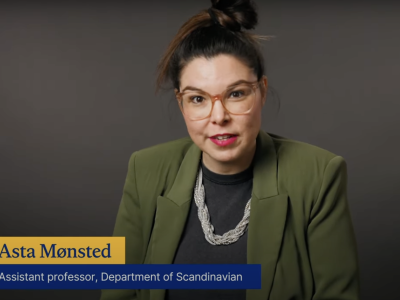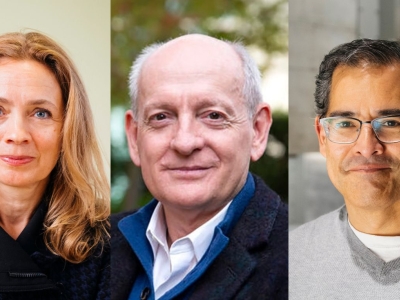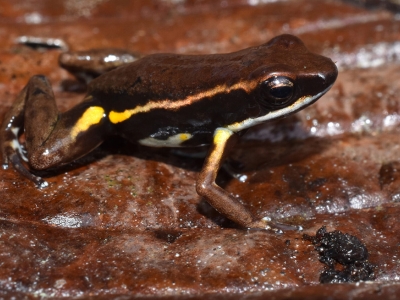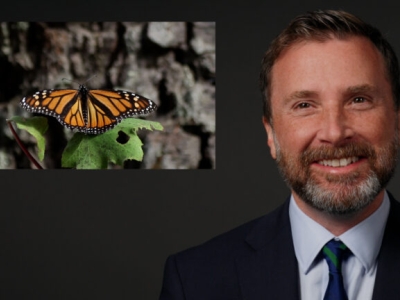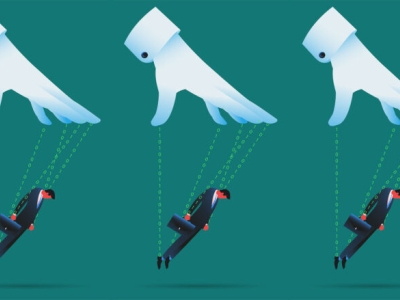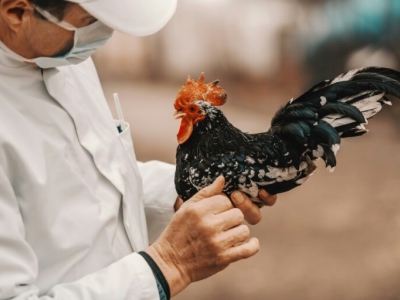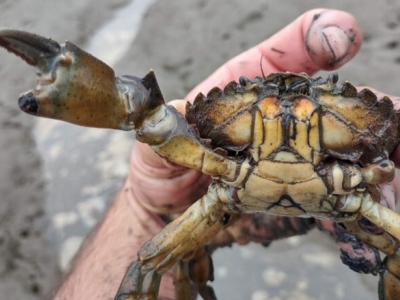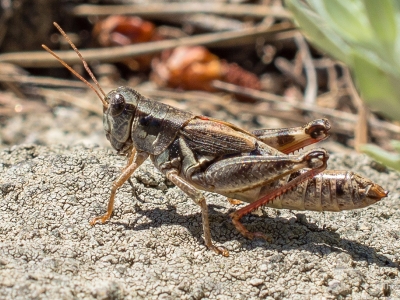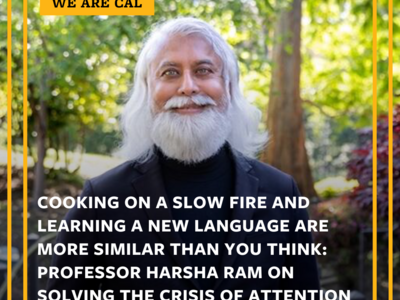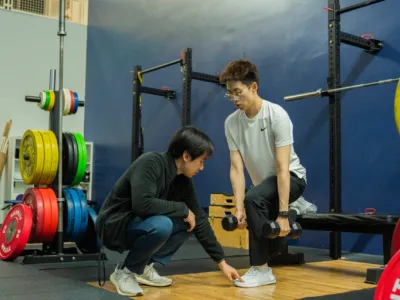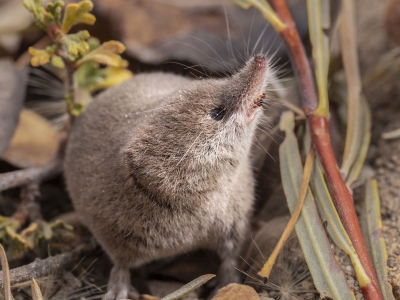New Berkeley Center will provide expert scholarly advice to lawmakers on technology policy development to ensure global leadership in technology development.
Research News
Learn more about UC Berkeley's researchers and innovators.
Showing 81 - 96 of 3474 Results
UC Berkeley assistant professor prioritizes Indigenous knowledge and narratives, seeking to integrate them with scholarly theories and methods.
The National Academy of Engineering has elected three Berkeley engineering professors for their outstanding contributions to engineering practice, research or education.
Test subjects found that they could easily grasp objects anywhere they could reach their arm, without having to rotate their bodies.
A Berkeley professor and her colleagues tracked down a new species along that country's pacific coast, naming it in honor of an Afro-Colombian music style.
Berkeley professor explains how the food we love is the product of four billion years of coevolution between plants and animals.
Berkeley professor uses lessons from folklore and AI to understand how social media fuels the spread of conspiracies.
New research offers insight on how to responsibly navigate high-stakes AI issues like data privacy, transparency, biases, inaccuracies, and security.
Dr. John Swartzberg denotes that bird flu continues to spread in the U.S. and around the world, raising concerns about its evolution and potential risks to human health.
Berkeley researchers examined efforts to manage the European green crab, an invasive marine species that has spread to every continent except Antarctica.
New research shows grasshoppers that overwinter as juveniles have a head start on those that emerge in the spring.
UC Berkeley researchers devised a fast and precise way to teach robots tasks like assembling a motherboard or an IKEA drawer.
Professor Harsha Ram On Solving The Crisis Of Attention
Exercise is Medicine On Campus is a popular health, wellness and research initiative, providing students consultations with coaches and mentors each year.
A tiny, elusive mammal native to a small stretch of the Sierra Nevada has been photographed for the first time by a team led by UC Berkeley student researchers.
Assistant professor Niloufar Salehi, along with her team, has launched Across AI, a startup pioneering agentic AI for complex enterprise workflows.


